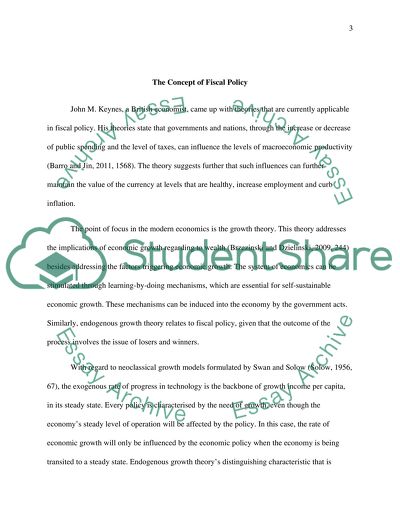Cite this document
(“The Link between Fiscal policy and Economic Growth Literature review”, n.d.)
Retrieved from https://studentshare.org/macro-microeconomics/1394564-the-link-between-fiscal-policy-and-economic-growth
Retrieved from https://studentshare.org/macro-microeconomics/1394564-the-link-between-fiscal-policy-and-economic-growth
(The Link Between Fiscal Policy and Economic Growth Literature Review)
https://studentshare.org/macro-microeconomics/1394564-the-link-between-fiscal-policy-and-economic-growth.
https://studentshare.org/macro-microeconomics/1394564-the-link-between-fiscal-policy-and-economic-growth.
“The Link Between Fiscal Policy and Economic Growth Literature Review”, n.d. https://studentshare.org/macro-microeconomics/1394564-the-link-between-fiscal-policy-and-economic-growth.


